Hello! I originally wrote this post back in 2019, and I decided I needed an update. Most of this is in it’s original form, with some updates and changes that reflect my ever growing understanding of disability, inclusion and education.
For years I have shared an updated version of this post, as it seems like every year I gain new insights and understanding. In the past I’ve written two versions of this post–one is how to navigate a special needs encounter, which is to help parents and caregivers know what to do when a non-disabled child meets a disabled child, for this first time. The write up I did at Cup of Jo is my favorite version of that post–you can read it here.
The other version of this post is How to Talk to your Kids about Disability, which covers a lot of the same material, but the main difference is you’re being pro-active and talking to your kids about disability ahead of time, rather than waiting for an uncomfortable situation to arise.
This year I’d like to take it a step further with my thoughts on How to Raise Disability Inclusive Kids.
Like other identities, disability is not something you can just ignore and hope your kids will “get it.” And like other identities–race, gender, sexuality–people with disabilities aren’t embarrassed or ashamed to be disabled. It’s not the whole of who they are, but it is an important part of who they are. Keep in mind, that if you were to talk to your kids about race or sexuality, would you say it in a sad tone that conveys you feel bad for people of color for being people of color? Or that you feel bad for gay people for being gay? No! Of course not. Too often people think of disability as inherently sad, negative or undesirable, but it’s not and therefore it’s important that when you talk to your kids about disability it’s not a “isn’t this so sad?” kind of discussion. Disability is full of color and variance and is just another way to exist in this world. Without further ado, these are my tips for raising your kids to be inclusive of their disabled peers.
[readmore title= “Click through for my 3 tips to raise Disability Inclusive Kids!”]
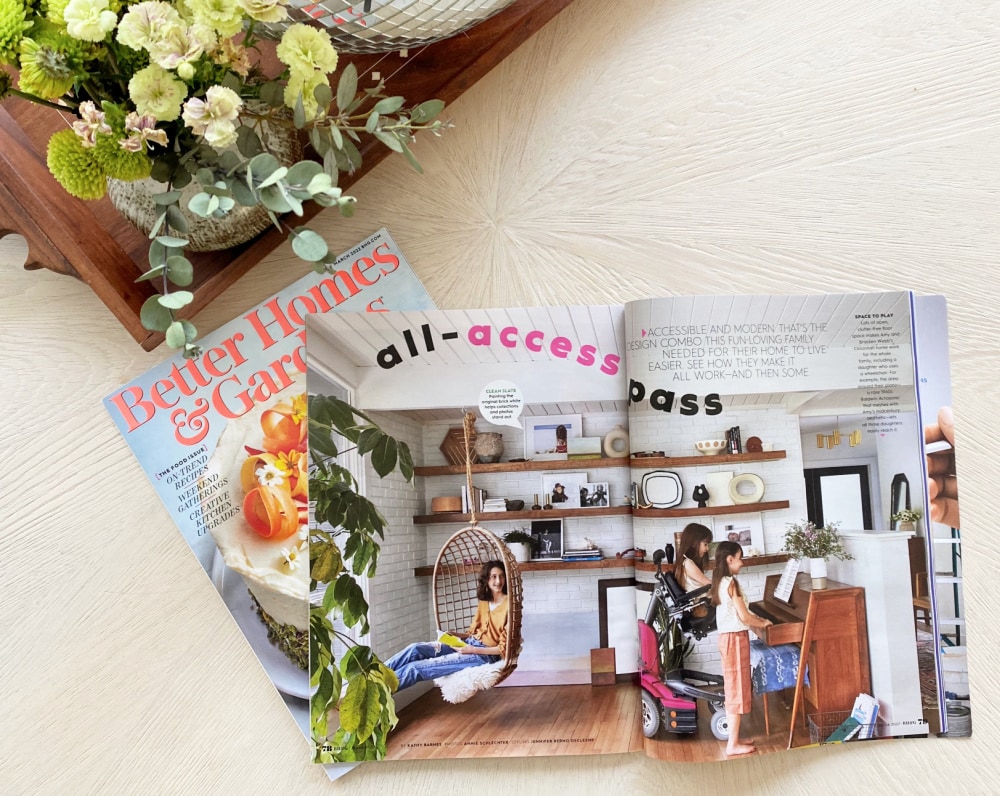

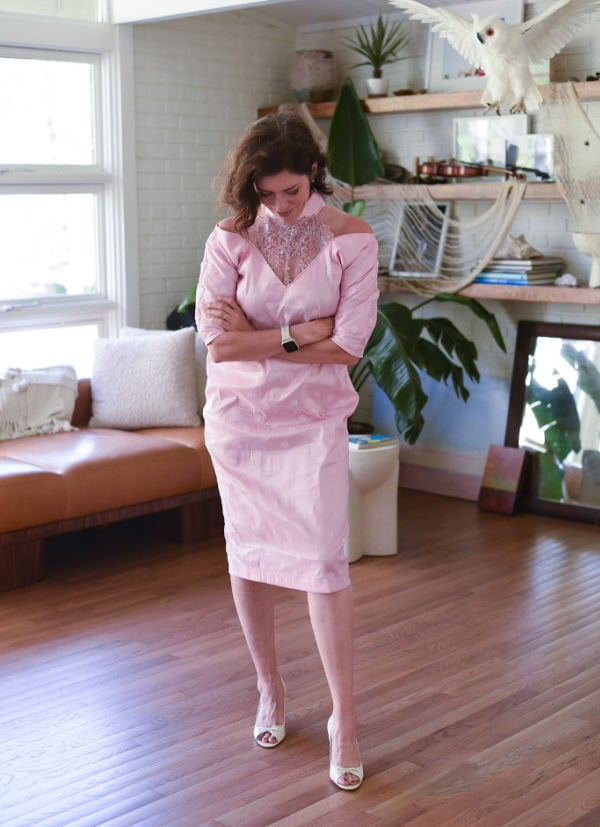
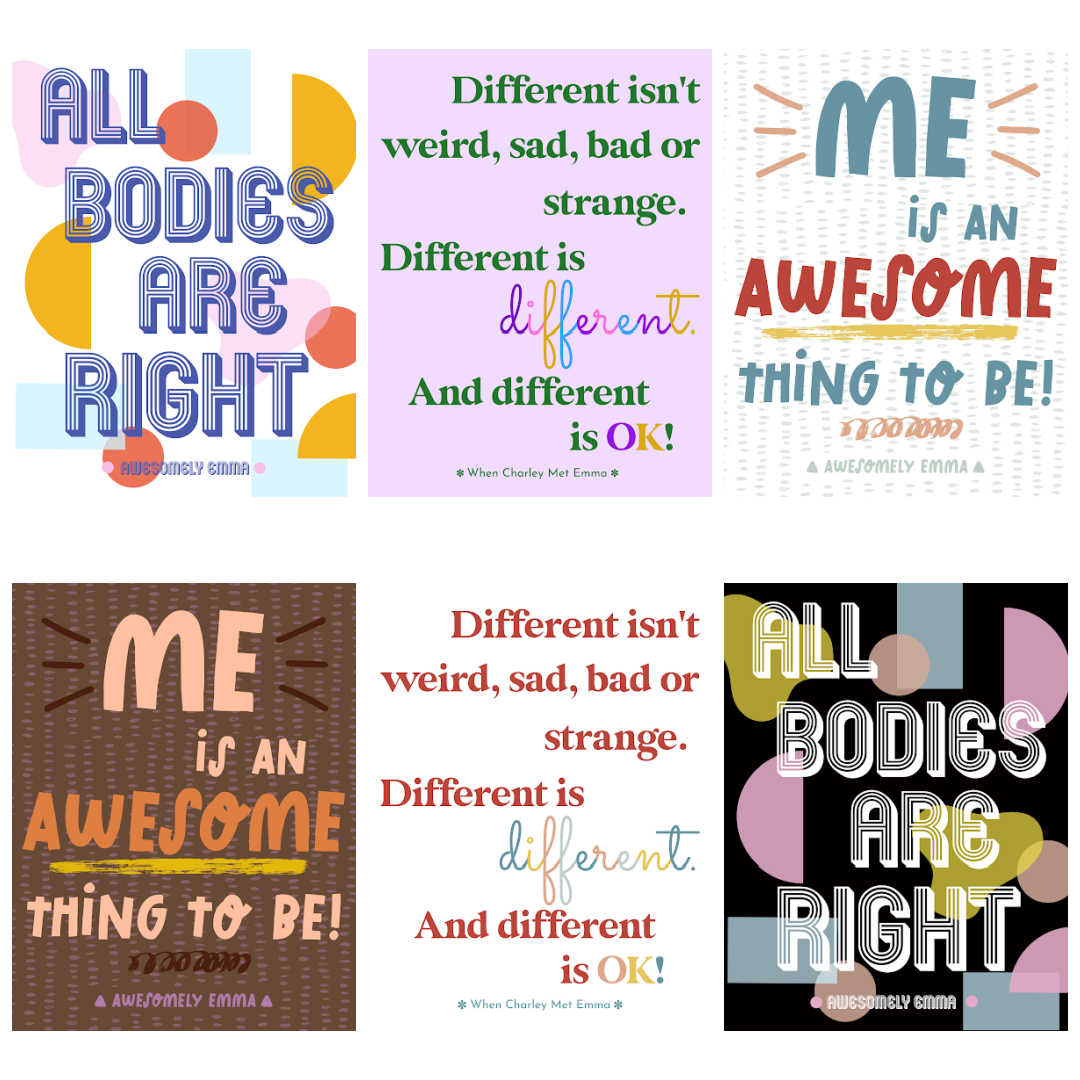

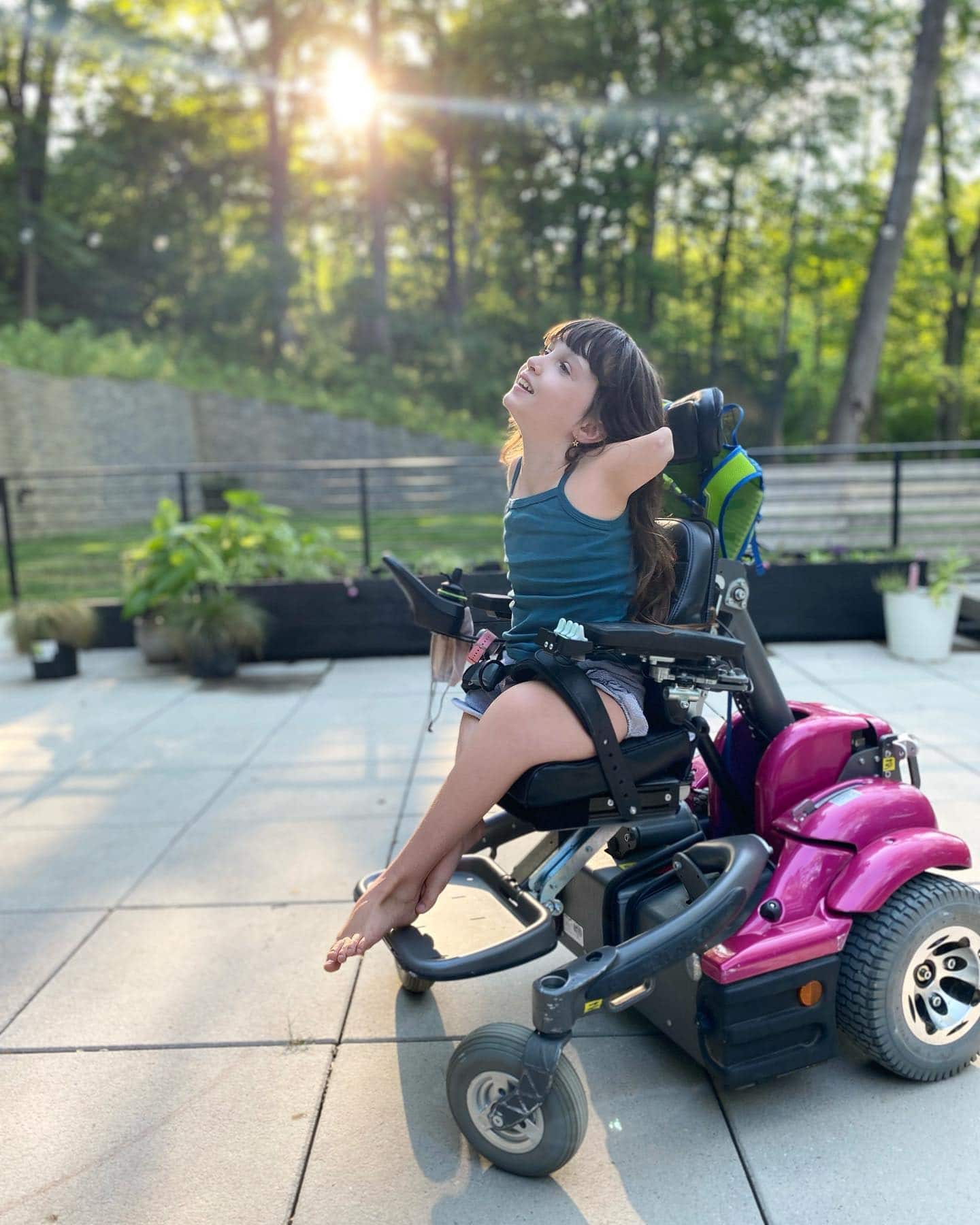
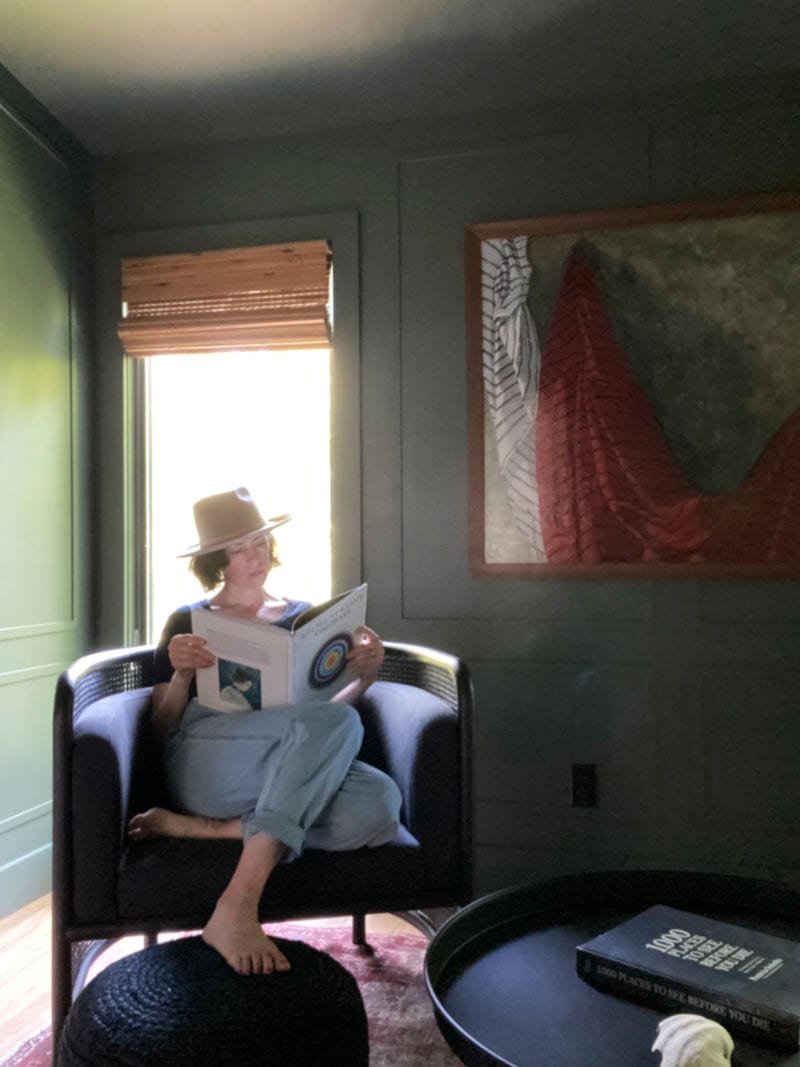
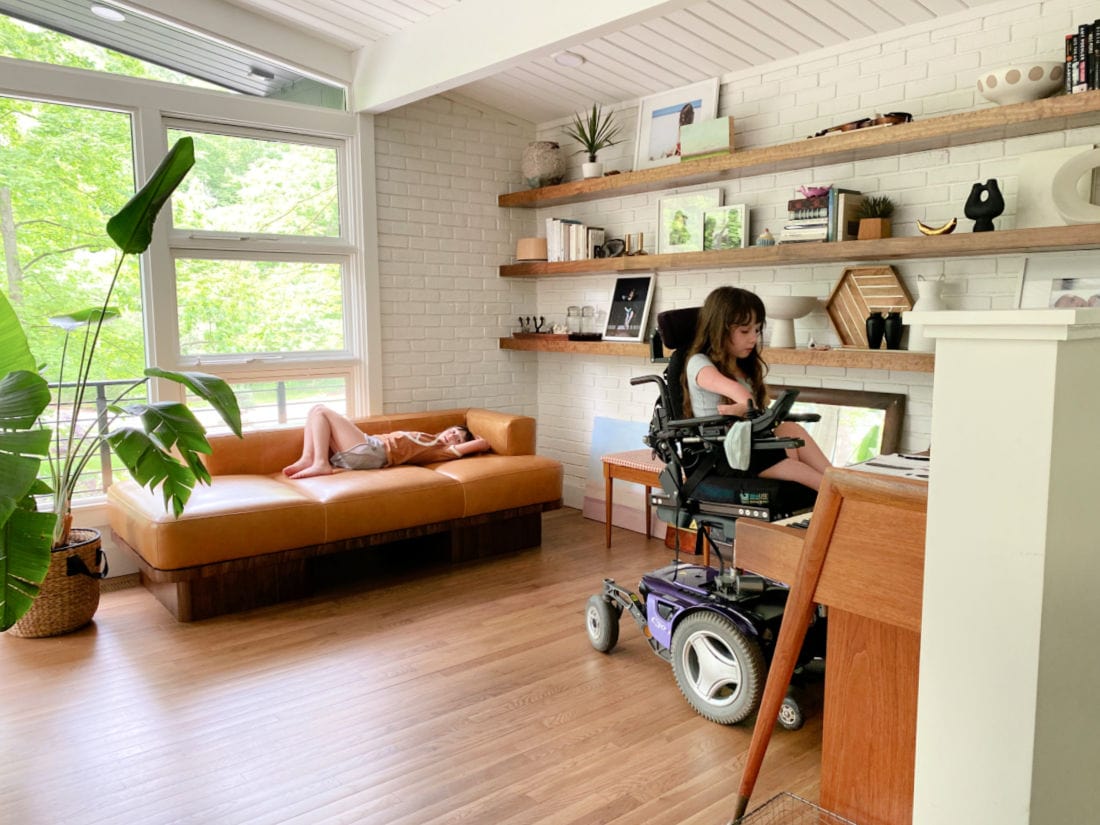
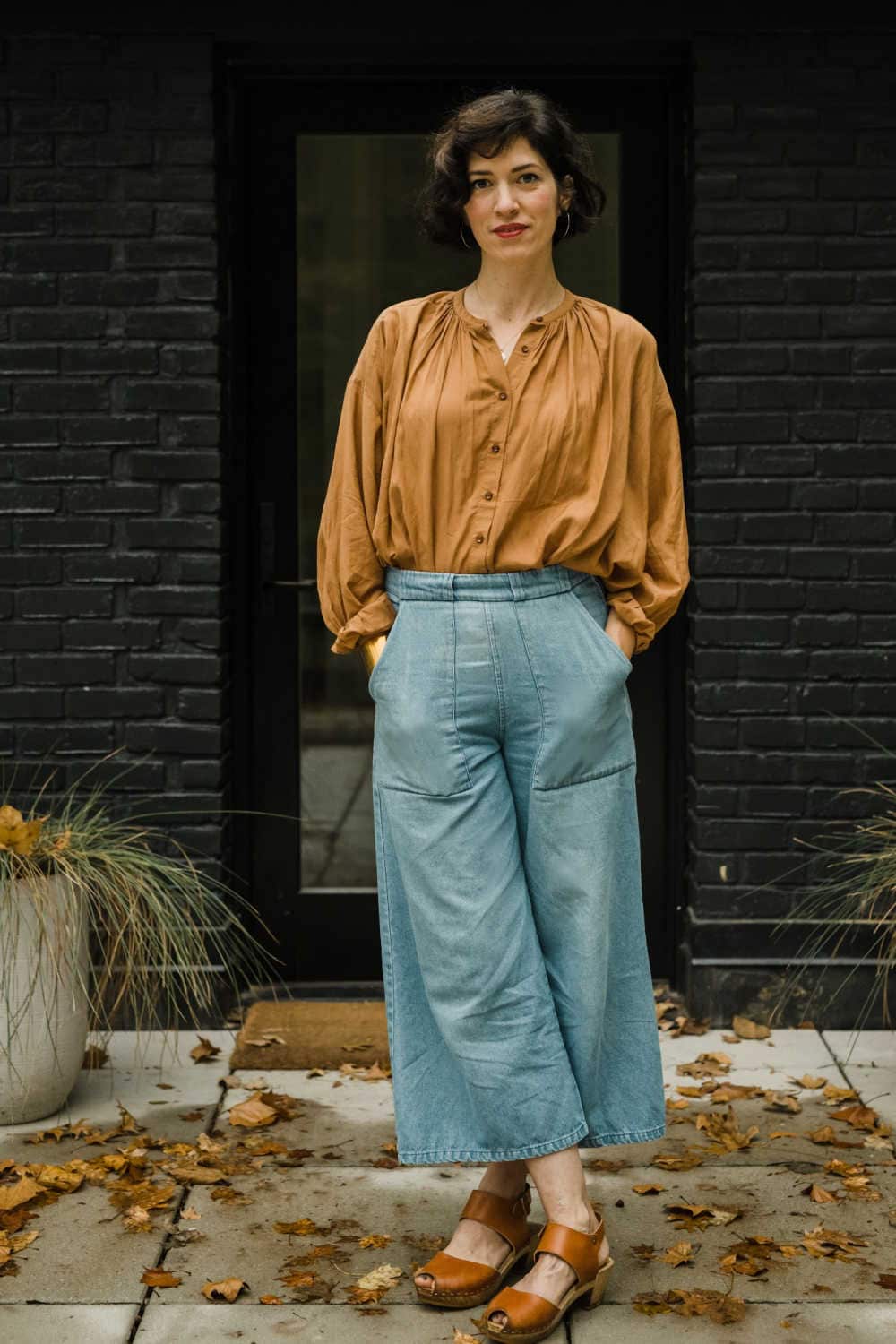

When we bought our home we were outbid on several homes and we were lucky to get any home. However, the lack of visitability has come to light recently. My son has a new friend who uses a wheelchair and we have steps up to the front and backdoor. A couple doorways are narrow. The home is small so the downstairs bathroom is small. We want to invite his buddy over to play but currently we haven’t been able to. Together, my son and I came up with a plan to build ramps to accommodate a wheelchair. It doesn’t solve everything, sadly. I’m going to invite his mothers over to get to know them and ask them what other modifications I can make so our home is accessible for a play date. We are also planning a kitchen remodel which will open the narrow walkways from 26 inches to 40 inches. Ultimately, we still live in a two story home that doesn’t provide all the visitability that it should. I’m so grateful for your continued advocacy for accessibility and your willingness to educate.
I really appreciate that you are taking concrete steps to make this a reality! It’s wonderful to hear. I know that making accessible/vistable homes the norm is not yet a “thing,” but I’m hoping that it slowly becomes something we collectively decide is an important part of inclusion AND that we are willing to make it a reality. In the meantime, I know that progress will be slow, and something that will be accomplished one by one as individual families choose to make visitability a part of their home plans/renovations. So this is my long winded way of saying thank you. Thank you for seeing the value even if there is “only” one person in your life right now who will benefit (even though I know many more people will down the road). One at a time is how this mission will become a reality. XO
[…] Our family and our accessible home was recently featured in the March 2022 issue of Better Homes & Gardens. I’ve been sharing about our home over the years and I’m finally doing a full house tour to […]
Wow – such excellent information! I feel like such a ding-a-ling for not having considered these things, but I know for sure I’m not alone. The $600 price tag to make a home visitable if you take care of it in the construction phase is a happy shock! I’m in the very preliminary stages of planning to build a home, and you can bet I’m incorporating aaaalll the things — and having a chitty chat with my contractor and architect about all of this. Thank you!